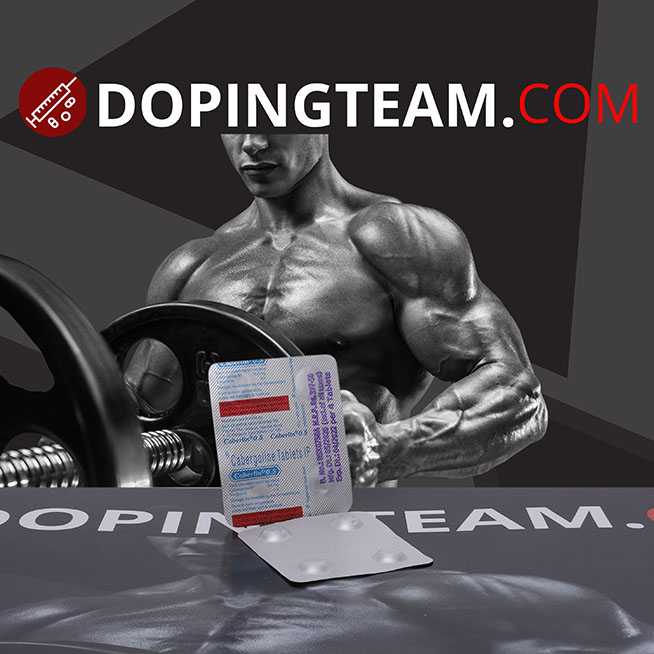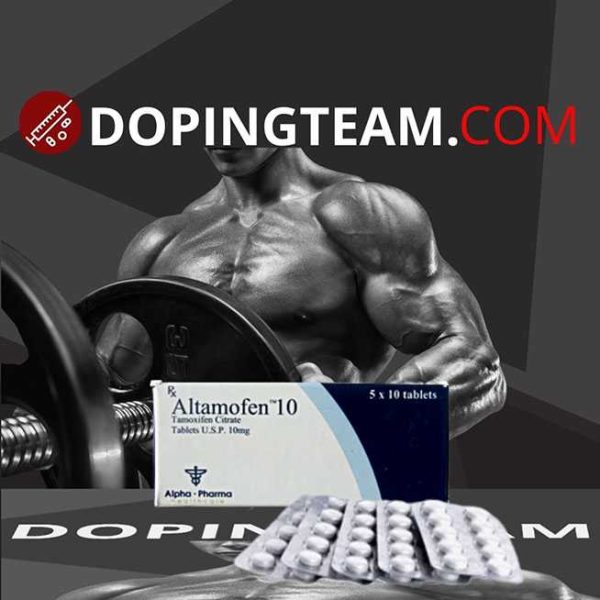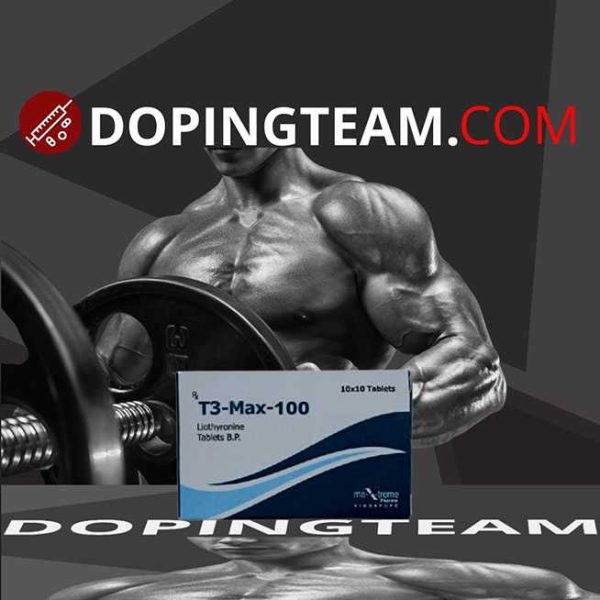Description
GENERAL CHARACTERISTICS. COMPOSITION:
Active ingredient: 0.5 mg of cabergoline in each tablet.
Excipients: microcrystalline cellulose (Avicel PH 200), L-leucine.
PHARMACOLOGICAL PROPERTIES:
Pharmacodynamics. Cabergoline is a derivative of ergot alkaloids, a dopamine D2 receptor agonist. Stimulates dopamine D2-receptors, which causes a pronounced and prolonged inhibition of hormone secretion in the anterior lobe of the pituitary gland, prolactin.
Cabergoline has a low affinity for dopamine D1 receptors, a-1, a-2 adrenergic receptors, 5-HT1 and 5HT2-serotonin receptors.
Cabergoline has a therapeutic effect in hyperprolactinaemia , reducing the severity of such manifestations as menstrual cycle disorders (oligomenorrhea, amenorrhea ), infertility , galactorrhea , impotence, decreased libido. Prevents and suppresses physiological lactation.
Prolactin-lowering action is dose-dependent both in terms of severity and duration of action of cabergoline.
Cabergoline has a selective effect and does not affect the basal secretion of other pituitary hormones, as well as cortisol.
Pharmacokinetics. After oral administration, cabergoline is rapidly absorbed from the gastrointestinal tract. C max in blood plasma is achieved in 0.5-4 hours. The intake of food does not affect the absorption and distribution of cabergoline.
Reduction in prolactin concentration occurs 3 hours after taking cabergoline and persists for 7-28 days in patients with hyperprolactinemia and 14-21 days – with suppression of postpartum lactation.
The drug is intensively distributed in the body. Cabergoline moderately binds (from 40% to 42%) with plasma proteins, regardless of concentration.Simultaneous administration of drugs with high binding to proteins does not affect the content of cabergoline.
Cabergoline is intensively metabolized. The main product of cabergoline metabolism, identified in urine, is 6-allyl-8β-carboxy-ergoline at a concentration of up to 4-6% of the dose. The content in the urine of 3 additional metabolites does not exceed 3% of the accepted dose. Metabolism products have a significantly lower effect on the inhibition of prolactin secretion compared to cabergoline. The involvement of cytochrome P450 in metabolism is minimal.
T1, estimated by the rate of excretion in the urine, is 79-115 hours in patients with hyperprolactinemia.
INDICATIONS FOR USE OF CABERLIN 0.5:
Inhibition / suppression of physiological lactation. Inhibition of physiological postpartum lactation immediately after birth or to suppress lactation, established in the following cases:
- after delivery, if the mother decided not to breast-feed the baby, or when breast-feeding is contraindicated to the mother or the child for medical reasons;
- after the birth of a dead fetus or abortion.
Treatment of hyperprolactinemic conditions. Disorders associated with hyperprolactinemia, including amenorrhea , oligomenorrhoea , anovulationand galactorrhea . Treatment of patients with prolactin secreting adenomas of the pituitary gland (micro- and macro-prolactinoma), idiopathic hyperprolactinaemia or the syndrome of the “empty” Turkish saddle with accompanying hyperprolactinemia, which are the main pathological conditions that cause the above-mentioned clinical manifestations.
DOSING AND ADMINISTRATION CABERLIN 0.5:
Caberlin 0.5 is for oral use. Since in clinical studies, Caberlin 0.5 was used mainly along with food, and so the tolerability of this class of drugs when taken with food improves, the drug is recommended to be taken with food for all therapeutic indications.
Inhibition / suppression of physiological lactation. Caberlin 0.5 should be used during the first day after childbirth. The recommended therapeutic dose is 1 mg (2 tablets of 0.5 mg), taken once. To suppress lactation, which has already been established, the recommended therapeutic dosing regimen is 0.25 mg (1/2 tablets of 0.5 mg) every 12 hours for 2 days (total dose is 1 mg). This dosing regimen is better tolerated by women who decided to suppress lactation than a single dose, and it is accompanied by a lower incidence of adverse events, especially arterial hypotension.
Treatment of hyperprolactinemic conditions. The recommended initial dose of the drug Caberlin 0.5 is 0.5 mg once a week or 1/2 tablet of 0.5 mg twice a week (for example, on Monday and Thursday). Increasing the weekly dose should be carried out gradually, it is desirable to increase it by 0.5 mg per week every month until optimal therapeutic efficiency is achieved. The usual therapeutic dose is 1 mg per week and can range from 0.25 to 2 mg per week. To treat patients with hyperprolactinemia, Caberlin 0.5 was used at doses up to 4.5 mg per week. The maximum dose of the drug should not exceed 3 mg per day.
A weekly dose of the drug can be taken for 1 time or divided into two or more receptions per week, depending on the patient’s tolerance of the drug. If the prescribed dose exceeds 1 mg per week, it is recommended to divide the weekly dose into several doses, since the tolerance of the drug at a dose exceeding 1 mg in a single weekly dose was evaluated in only a few patients.
With an increase in the dose, a patient should be examined to determine the minimum dose of the drug that causes the therapeutic effect. Once an effective therapeutic dosing regimen is selected, it is recommended that a regular (monthly) serum level of prolactin is recommended, since normalization of this level is usually observed within two or four weeks.
After the cancellation of Kabberlin 0.5, a relapse of hyperprolactinemia is usually observed. However, in some patients, prolactin inhibition persisted for several months. In 23 out of 29 women in the follow-up group after the cessation of Caberlin, 0.5 ovulatory cycles lasted longer than 6 months.
Patients of advanced age. The experience of using the drug in elderly patients is very limited due to the suggested indications for the use of Caberlin 0.5. The available data indicate that there is no particular risk.
Dose reduction or discontinuation of treatment. Consideration should be given to the desirability of reducing the dose or discontinuing treatment if patients have:
- drowsiness or cases of sudden falling asleep;
- a violation of the liver.
INTERACTION CABERLIN 0.5 WITH OTHER DRUGS:
Simultaneous use of the drug Caberlin 0.5 with other drugs, particularly with ergot alkaloids, postpartum not associated with apparent interactions that change the efficacy and safety of the drug. Despite the fact that there are no data on the interaction of cabergoline with other ergot alkaloids, the simultaneous use of these drugs in Caberlin 0.5 is not recommended for long-term treatment.
Since Caberlin 0.5 realizes its therapeutic effect by direct stimulation of dopamine receptors, its combined use with dopamine receptor antagonists (for example, phenothiazines, butyrophenones, thioxanthenes and metoclopramide) is not recommended, since these drugs can reduce the prolactin-lowering effect of cabergoline.
Like other ergot derivatives, Caberlin 0.5 should not be used with macrolide antibiotics (eg, erythromycin) due to increased systemic bioavailability of cabergoline
CONTRAINDICATIONS OF CABERLIN 0.5:
- Hypersensitivity to cabergoline, other ergot alkaloids or to any component of the drug.
- Presence in the anamnesis of a fibrous disease of the lungs, pericardium and retroperitoneal space.
- Liver insufficiency and toxemia of pregnant women.
- Simultaneous use of antipsychotic drugs.
- With long-term treatment: signs of damage to the heart valves, determined by echocardiography before treatment.
- Postpartum hypertension or uncontrolled hypertension .
- Preeclampsia, eclampsia .
- A history of psychosis or the risk of postpartum psychosis .
OVERDOSE CABERLIN 0.5:
Symptoms of overdose may be similar to those resulting from excessive stimulation of dopamine receptors (eg, nausea , vomiting , complaints of stomach pain, postural hypotension, confusion / psychosis or hallucinations ). If necessary, supportive measures should be applied to remove any residual unabsorbed drug and maintain blood pressure. In addition, it may be advisable to administer preparations of a group of dopamine antagonists.
STORAGE CONDITIONS:
Store at a temperature not exceeding 30 ° C. Keep out of the reach of children. Shelf life – 2 years. The drug should not be used after the expiration date.


